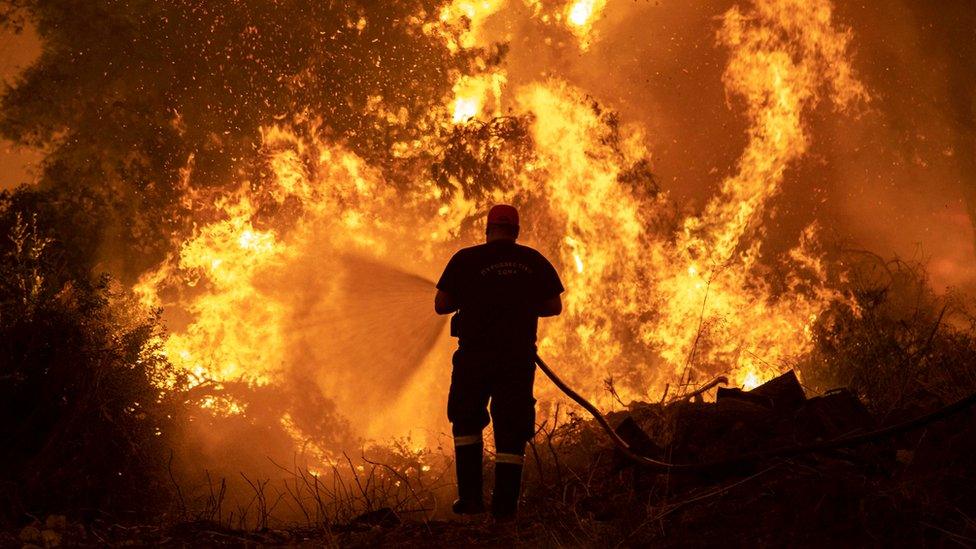COP27: What do all the words mean?
- Published
- comments

COP27, the climate change conference taking place in Egypt, has begun.
You're likely to hear a lot about the conference, but even if you're really interested in climate change, sometimes the scientific language used to talk about it can be tricky to understand.
That's where we come in! We've created this handy jargon-buster to explain some of the key terms you'll be hearing at COP27.
Let us know in the comments below if there are any words or phrases related to COP27 or the environment that you would like to know the meaning of.
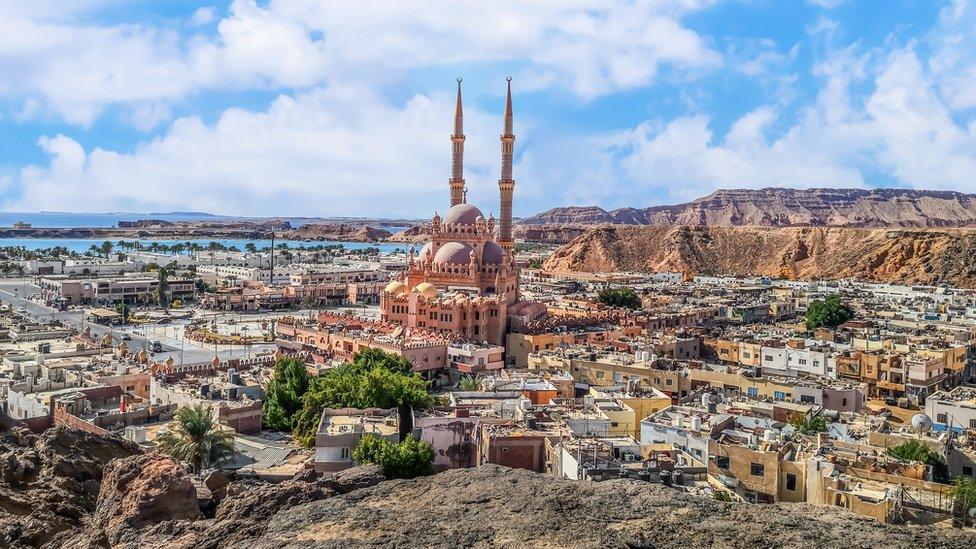
COP27 is taking place in Sharm el-Sheikh in Egypt
COP27
Let's start at the beginning! COP stands for Conference Of the Parties - and it's a big meeting involving world leaders that is taking place in Egypt. Around 25,000 delegates will attend to discuss climate change and how to fight it.
Established by the UN, COP1 took place in 1995 - this will be the 27th - that's why it's called COP27.
1.5 degrees
The planet's temperature is getting warmer. Scientists say that we need to stop the rise from getting over 1.5C in order to avoid the worst impacts of climate change.
It is compared to pre-industrial times, which means before the industrial revolution, which was a period of technological advancement that saw the beginning of large scale carbon emissions by humans.
The average global temperature has already gone up by about 1C.
Carbon footprint
This refers to the amount of carbon emitted over a certain period of time, for example, your carbon footprint is bigger if you drive somewhere, than if you walk.
Individuals and groups of people such as companies can have carbon footprints.
Products can also have a footprint, which refers to how much carbon is emitted when they are made.
Carbon neutral
If something is carbon neutral, it means that the amount of carbon dioxide (CO2) it releases into the atmosphere is the same amount as it takes out. Carbon dioxide (CO2) is a major cause of climate change.
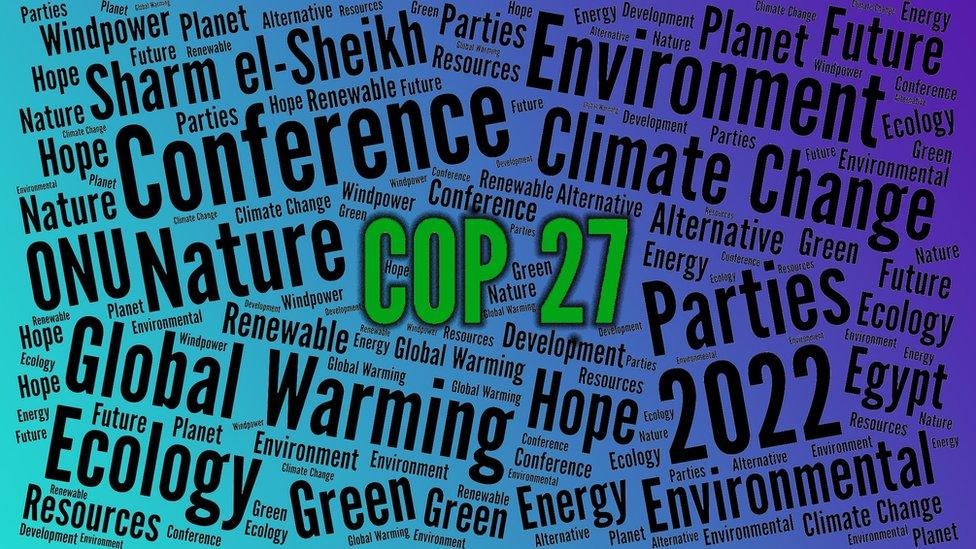
Climate change
Climate means patterns of weather over a long period of time. For example, the climate in the UK sees us getting mild and wet winters, and warm and dry summers.
Climate change means these patterns start to look different, and we can start to see extreme weather patterns emerging that we're not used to, such as heatwaves or long periods of heavy rain.
The conference is taking place in Sharm el-Sheikh in Egypt. It's the second time the UN climate conference has been held in Africa, with the first held in Morocco back in 2016
People aren't very happy that the sponsor for COP27 is Coca-Cola, a company often described as the "world's top plastic polluter"
King Charles is not attending
Emissions
Emissions are any releases of gases that contribute to global warming, such as CO2.
They can be smaller individual emissions such as from car engines, or they can be larger, such as those from coal-burning power stations.
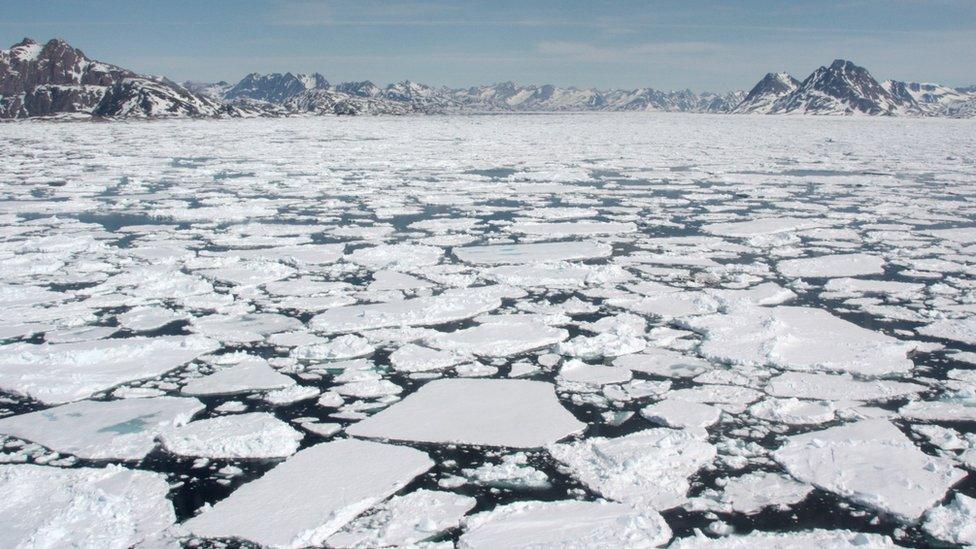
Even though you will only find sea ice in the polar regions, it can have an effect on the climate in other parts of the world
Feedback loop
In a feedback loop, the rising temperatures of Earth change the environment in ways that affect how quickly the planet gets warmer.
Sometimes these changes make the temperatures rise faster, and this is called a positive feedback loop.
An example of this is the sea-ice in the Arctic. The big white ice spaces in this part of the world currently reflect the Sun's rays away, but when they melt and the surface colour becomes a darker blue or green, the Sun's rays start to get absorbed.
In short, less sea ice means more warming, which means more ice melts.
Geo-engineering
This is any technology that can help in the fight against climate change. Some people think that geo-engineering will be crucial in tackling climate change, but others believe that changing behaviours (like taking fewer flights) will be far more important.
Global warming
The rise in the planet's average temperature. Scientists say that humans are the main cause of this happening.
Greenhouse gases
Greenhouse gases are the gases that are responsible for global warming. The main ones are carbon dioxide, methane, nitrous oxide and CFCs (chloroflurocarbons).
IPCC
This stands for the Intergovernmental Panel on Climate Change. It's a group that was set up by the United Nations and World Meteorological Organisation.
Its role is to analyse scientific research on climate change.
Net zero
Net zero is the name given to the point at which a country is taking as much of these climate-changing gases out of the atmosphere as it is putting into the atmosphere - so overall, the total is zero.
This means that any emissions produced by homes, transport, farming and industry have to be reduced or balanced out by removing the same amount from the atmosphere. This usually occurs through planting trees, which absorb carbon in their wood, or by using technology to suck carbon dioxide out of the atmosphere.
The UK government has announced a target of achieving net zero by 2050.
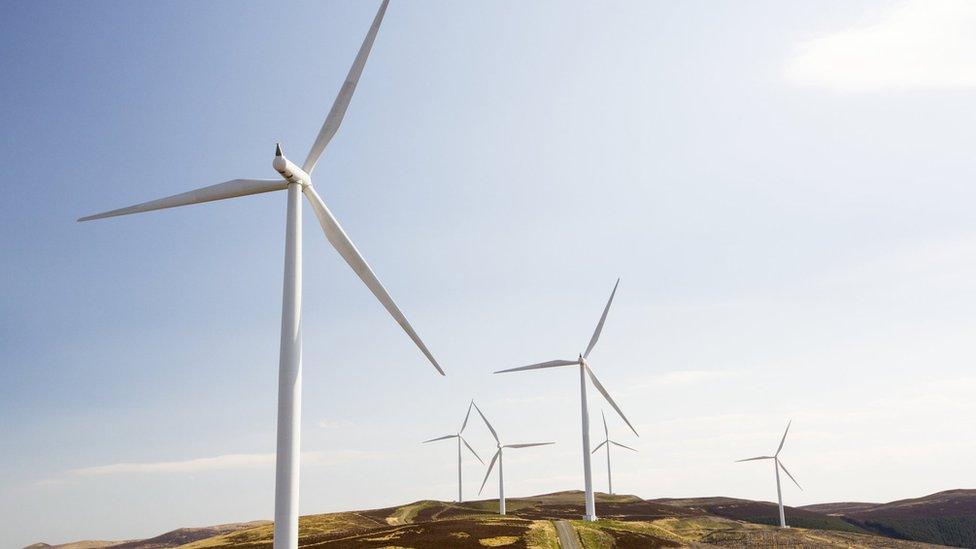
Wind turbines can be as tall as 200 metres
Renewable energy
Energy from a source that isn't depleted when it's used. Common examples of renewable energy are wind, solar (from the Sun) and water (hydro electricity).
Runaway climate change
Right now, scientists think we should be able to keep climate change under control, if we all make a number of changes.
However, there is a concern that if our climate keeps changing at its current rate, it will eventually reach a 'tipping point', after which it will be incredibly difficult to stop or reverse the effects of climate change.
The IPCC has estimated that if all targets are met, global emissions will still increase by 10.6% by 2030 compared to 2010.
But they need to fall by 45% by 2030 to keep global temperature rise below 1.5C.
International leaders at the conference will be talking about how they plan to reach those targets.
- Published20 October 2022
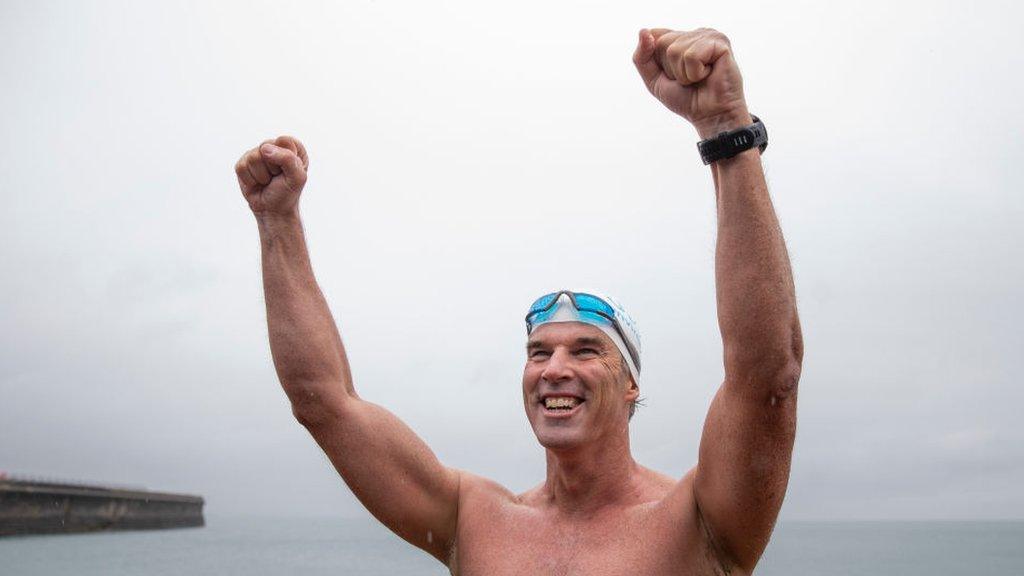
- Published8 October 2022
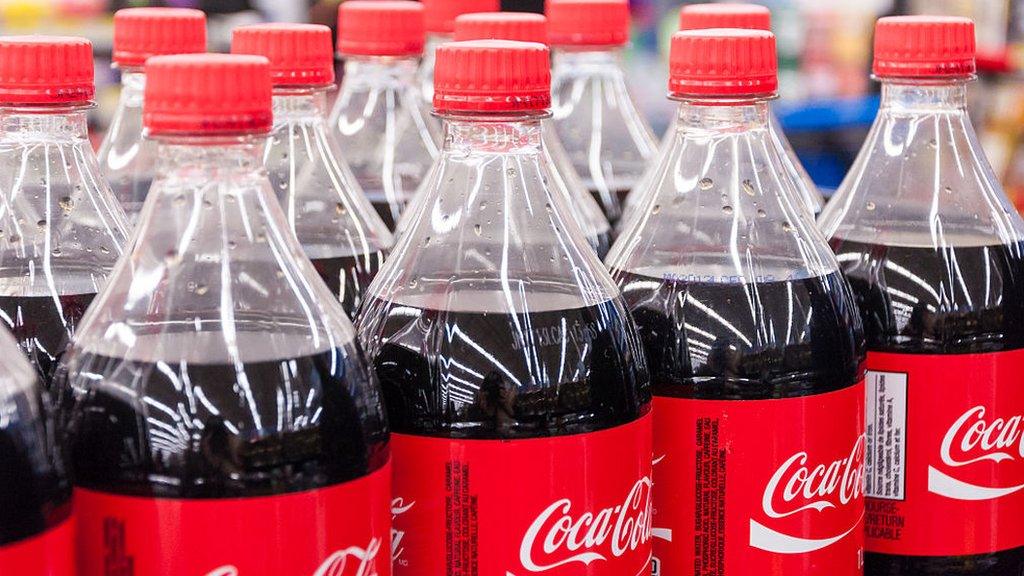
- Published9 August 2021
